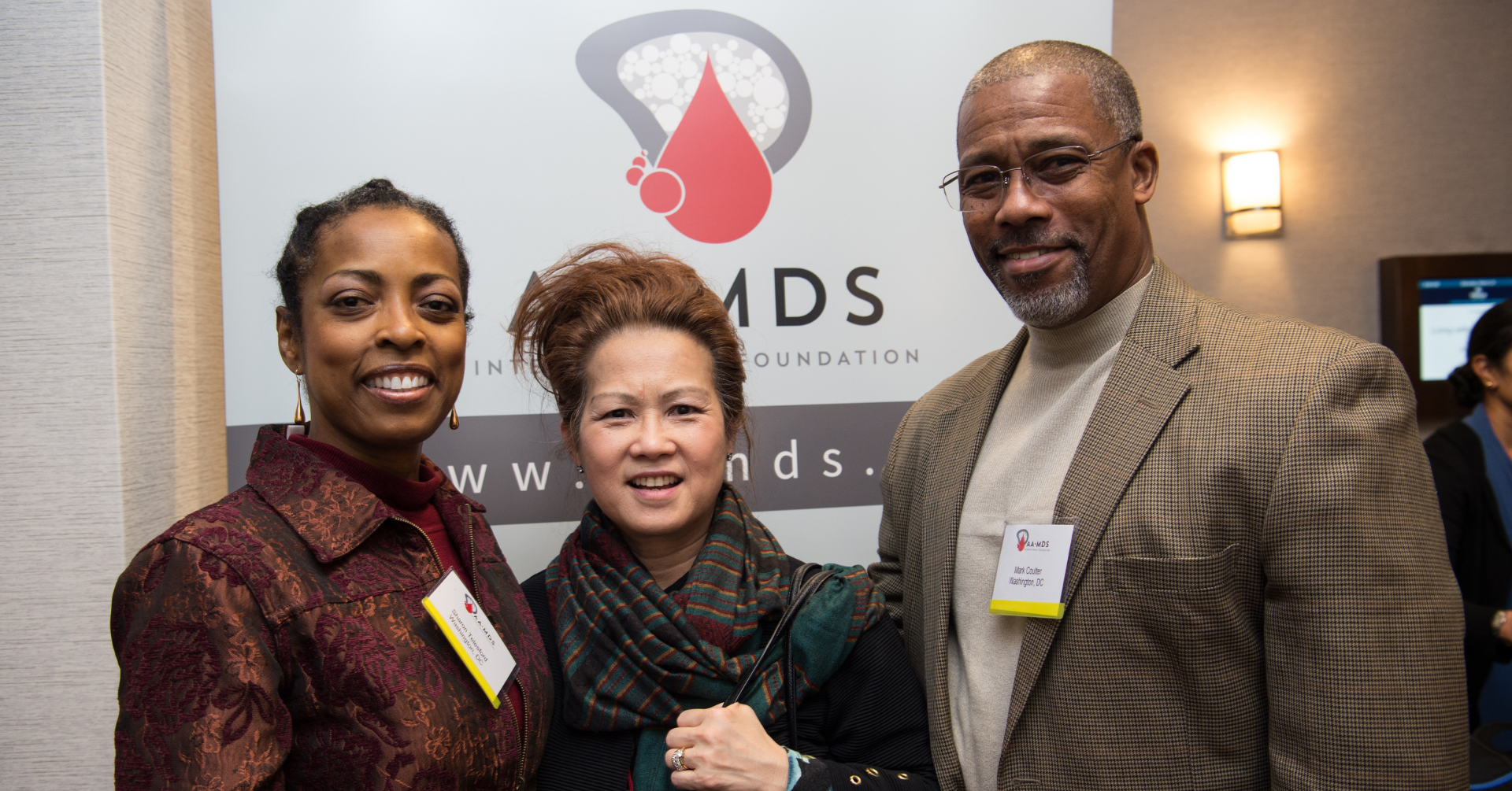by Leslie Pettiford, R.N.
Leslie Pettiford, R.N., has cared for patients battling MDS ,aplastic anemia, and PNH for 16 years. She is a Clinical Research Coordinator at the University of Florida and has recently completed a Master’s of Science in Clinical Research. Mrs. Pettiford thanks her patients for being incredible inspirations and partners in the search for a cure for cancer.
Myelodysplastic syndromes (MDS), aplastic anemia, and paroxysmal nocturnal hemoglobinuria (PNH) are challenging to diagnose and treat. However the greatest and possibly most important challenge is effectively communicating information about these diseases to patients. Patient understanding of MDS, aplastic anemia, or PNH is crucial because lifespan can be shortened and treatments can be risky.
In my practice, there are requirements to ensure understanding and informed consent by patients.
The first requirement is a proper environment. When possible, discussions with patients and family members should be performed in exam or consultation rooms to maintain privacy and confidentiality. Avoid discussing personal information with the patient, family or other staff members in waiting rooms or hallways.
The second requirement is sufficient time. Two important elements are how much time you spend with a patient during an encounter and how much time a patient is given to decide on a treatment plan. Organizing your schedule is crucial to ensuring each patient is given ample time for each visit. Some patients may only need fifteen minutes to discuss potential treatment effects during the encounter, while others may need up to two hours in order to adequately process their initial diagnosis and available treatment options. Whether you are discussing routine treatment or participation in a clinical trial, all patients must be given adequate time to comprehend the information they have been given and to make a decision regarding their treatment options. For low risk MDS or aplastic anemia, we can often give patients several days to weeks to deliberate their options. However, in the case of rapidly progressing high-risk MDS, we may only be able to give the patient 24 hours to make a treatment related decision. I often encourage my patients to take information regarding clinical trials home to discuss with their family and primary physician prior to making a decision to participate.
The third requirement is appropriate delivery of information. Speaking slowly and clearly in plain language is critical to effectively communicating with patients. Avoid the use of jargon or medical terminology whenever possible. I use the teach-back method during my discussions with patients and family members. Many patients do not want to admit when they do not understand their diagnosis or treatment plan. Simply asking them, “Do you understand?” or “Do you have any questions?” is not a reliable method to gauge their comprehension. The teach-back method is an effective technique to improve retention and understanding. To use this method, simply ask your patient to repeat the information back to you using their own words.
The fourth requirement is educational materials for patients and caregivers to take home and review. Printed educational materials are a great resource to reinforce discussions about diagnoses, treatments, and possible side effects of therapy for both patients and families. In addition, information on local and national support groups should be provided to patients as another resource. The AA&MDSIF website offers patients and families valuable tools and additional information. Patients can access forums, financial tools, and live support directly from the website.
These requirements are minimum must-haves with MDS, aplastic anemia, and PNH patients, and are only the beginning of the discussion. In subsequent articles I will present equally important topics of assessing and charting patient understanding, ensuring and documenting informed consent, caregiver support, and many other important issues.
Leslie Pettiford discusses more aspects of communicating with MDS patients in new CME videos available soon in the Continuing Education section of our Web site.

